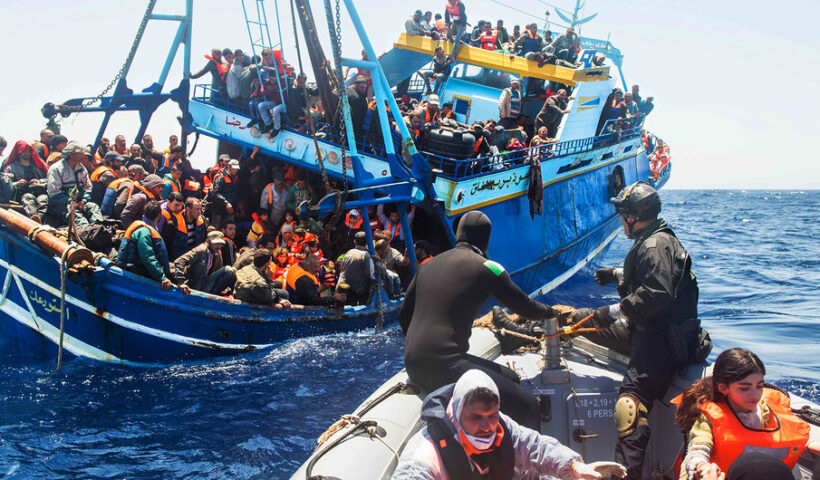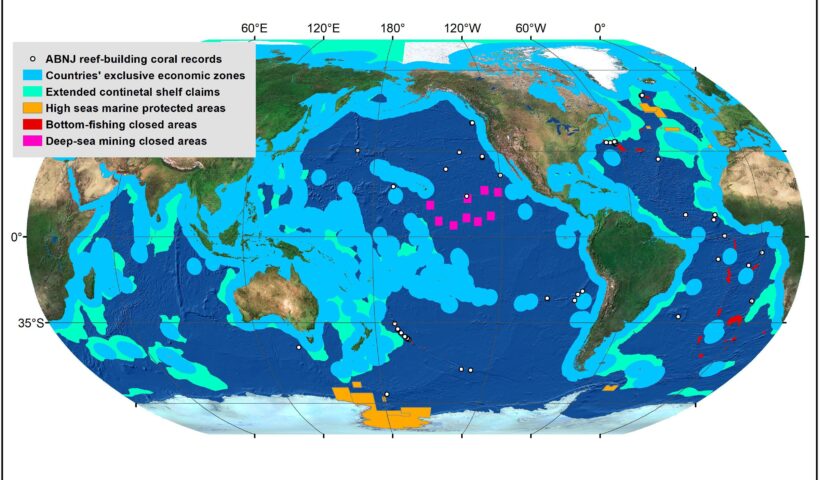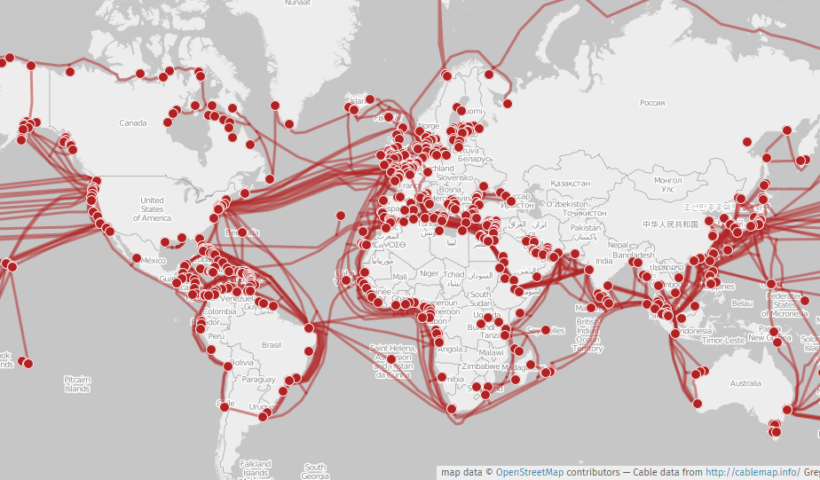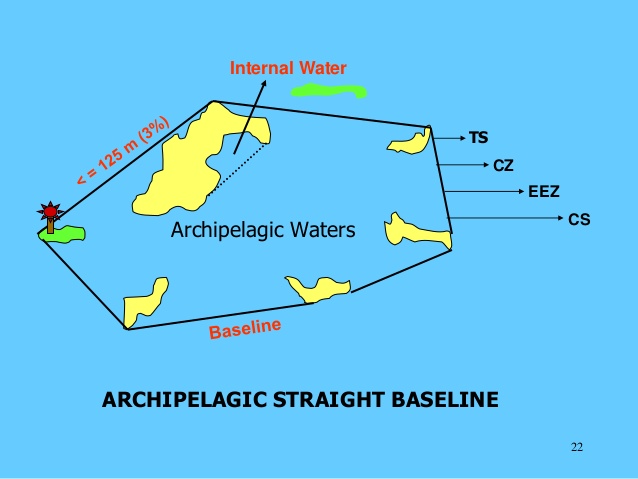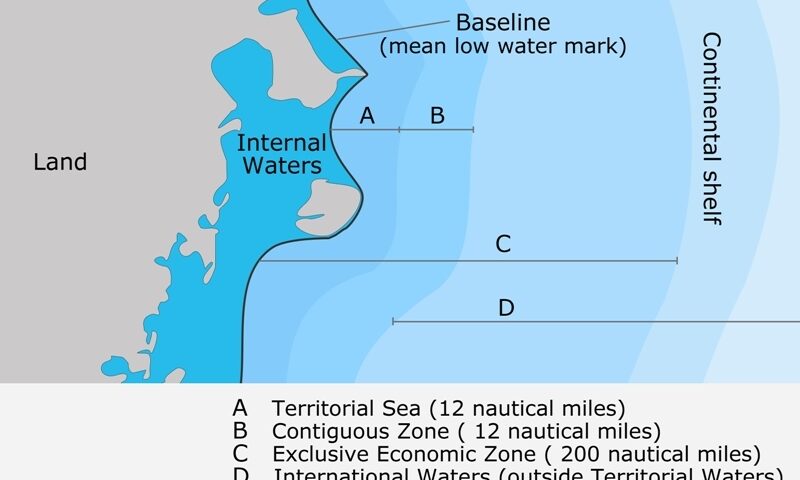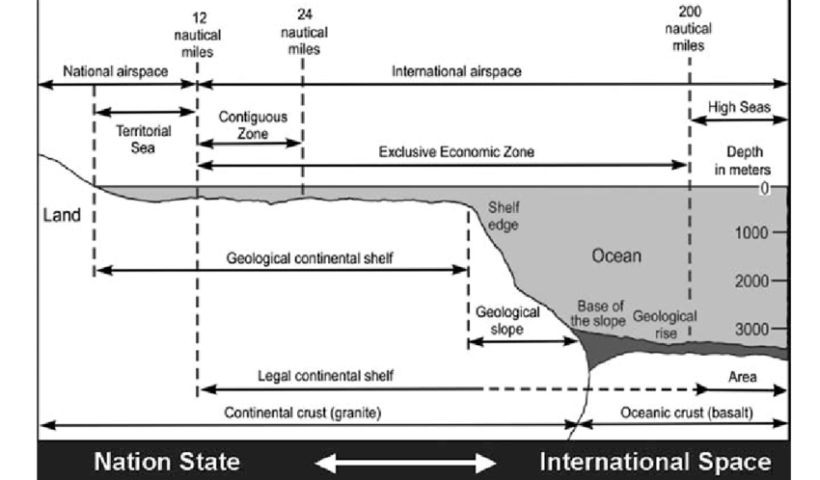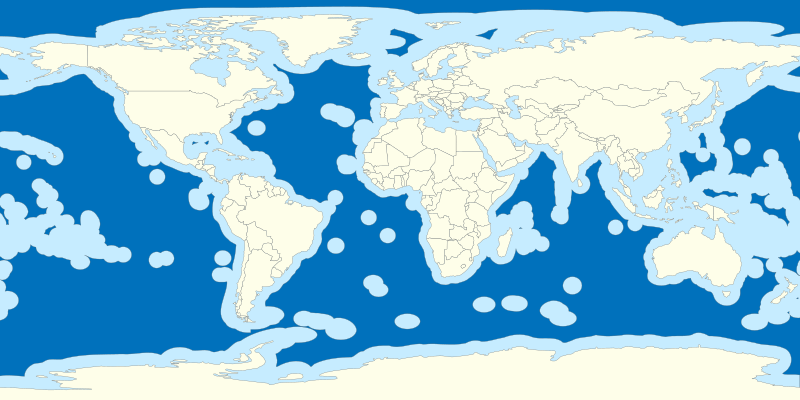Regulation of Migrant Smuggling by Sea in law of the sea and customary international law, 1979 International Convention on Maritime Search and Rescue, 2000 Migrant Smuggling Protocol, ECHR, European Convention on Human Rights, High seas, international human rights law, international refugee law, Lawfulness of Push-back Operations Against Migrants, Migrant Smuggling, SAR Convention, SOLAS Convention, Transnational Organised Crime, UN Convention against Transnational Organised Crime, UN High Commissioner for Refugees
View More Regulation of Migrant Smuggling by Sea in law of the sea and customary international lawTag: High seas
Spatial Scope of the High Seas in law of the sea and customary international law
The LOSC devotes Part VII to the high seas. Under Article 86, the high seas are defined as:
all parts of the sea which are not included in the EEZ, in the territorial sea or in the internal waters of a State, or in the archipelagic waters of an archipelagic State. Where a coastal State has established its EEZ, the landward limit of the high seas is the seaward limit of the EEZ. Where the coastal State has not claimed its EEZ, the landward limit of the high seas is the seaward limit of the territorial sea. In this case, the seabed of the high seas is the continental shelf of the coastal State up to the limit fixed by the international law of the sea. The seabed and subsoil beyond the outer limits of the continental shelf are the Area, which is the common heritage of mankind. The superjacent waters above the Area are always the high seas. Where the continental shelf extends beyond the limit of 200 nautical miles, the superjacent waters and the airspace above those waters are the high seas under Article 78 of the LOSC.. Spatial Scope of the High Seas in law of the sea and customary international law, EEZ, High seas, law of the sea, LOSC, seabed, Superjacent Waters
Freedoms of Third States on the continental shelf of other states based on the law of the sea and customary international law
(a) Submarine Cables and Pipelines With respect to the freedom of use on the continental shelf, Article 79(1) stipulates that all States are entitled to lay submarine cables and pipelines on the continental shelf.
In practice, submarine cables are divided into two main categories: submarine power cables used to transmit electricity, and submarine communication cables used to transmit data communications traffic. At present, the overwhelming majority of the world’s international telecommunication relies on submarine fibre-optic cables, and submarine telecommunication cables have become a critical global communications infrastructure. The oil and gas pipeline is also of crucial importance as a reliable means of energy transport.
Freedoms of Third States on the continental shelf of other states based on the law of the sea and customary international law, continental shelf, EEZ, High seas, LOSC, marine pollution, Pipelines, Submarine Cables, Superjacent Waters
Historic Rights of countries on the EEZ, based on law of the sea and customary international law
Historic Rights of countries on the EEZ, based on law of the sea and customary international law, EEZ, exclusive economic zone, High seas, historic rights, LOSC, south china sea
View More Historic Rights of countries on the EEZ, based on law of the sea and customary international lawhow draw Archipelagic Baselines in the international law of the sea and LOSC?
Article 47(1) of the LOSC provides as follows :
An archipelagic State may draw straight archipelagic baselines joining the outermost points of the outermost islands and drying reefs of the archipelago.
A key point is that the legal criteria of being an archipelago must be fulfilled in order to construct archipelagic baselines. In other words, a State which does not meet the legal definition of an archipelagic State is not entitled to draw archipelagic baselines. The language of this provision also suggests that the establishment of archipelagic baselines is facultative. Article 47 sets out conditions for drawing these baselines in some detail… how draw Archipelagic Baselines in the international law of the sea and LOSC?, Archipelagic Baselines, archipelagic State, High seas, LOSC, low-tide elevations, opinio juris, straight archipelagic baselines, territorial sea
what is the meaning of INTERNAL WATERS in law of the sea and cases?
Internal waters are ‘those waters which lie landward of the baseline from which the territorial sea is measured’. Specifically, internal waters in a legal sense embrace (i) parts of the sea along the coast down to the low-water mark, (ii) ports and harbours, (iii) estuaries, (iv) landward waters from the closing line of bays, and (v) waters enclosed by straight baselines. On the other hand, as noted earlier, internal waters in the law of the sea do not include waters within the land territory and land-locked waters or lakes. what is the meaning of INTERNAL WATERS in law of the sea and cases?, archipelagic waters vs internal waters, definition of internal waters, estuaries, example of internal waters, harbours, High seas, internal waters, internal waters distance, internal waters examples, internal waters unclos, International waters, landward waters, law of the sea, Mare liberum, ports, territorial sea, trans-boundary waters, waters enclosed by straight baselines, What do you mean about internal waters?, What does internal waters mean?, What is included in the internal waters?, Where are international waters?
View More what is the meaning of INTERNAL WATERS in law of the sea and cases?Typology of Marine Spaces
In summary, spatial jurisdiction comprises both complete spatial jurisdiction (= territorial sovereignty) and limited spatial jurisdiction (= sovereign rights). In either case, it must be stressed that coastal State jurisdiction over marine spaces is spatial by nature. It follows from the above discussion that marine spaces in the law of the sea can be categorised as follows :
(i) Marine spaces under national jurisdiction
(a) Marine spaces under territorial sovereignty (or complete spatial jurisdiction): internal waters, the territorial sea, international straits, and archipelagic waters.
(b) Marine spaces under sovereign rights (or limited spatial jurisdiction): the contiguous zone (where the EEZ is established), the EEZ and the continental shelf.
(ii) Marine spaces beyond national jurisdiction the high seas and the Area., Typology of Marine Spaces, archipelagic waters, beyond national jurisdiction, contiguous zone, High seas, internal waters, international straits, jurisdictional zones, national jurisdiction, territorial seas, Typology of Marine Spaces
what is the meaning of International waters?
what is the meaning of International waters?, Are There Laws on the High Seas?, Can you do drugs in international waters?, Can you do whatever you want in international waters?, Definition of High Sea, freedom of high seas, High seas, high seas definition unclos, high seas map, high seas meaning, high seas meaning in business, high seas meaning in law, International waters, International Waters Laws, International waters map, Mare liberum, Territories & Zones, trans-boundary waters, What do you know about international waters?, What is legal in international waters?, What Laws Apply In International Waters?, Where are international waters?, Where are the high seas?, Where do international waters begin?, Why is it called high seas?
View More what is the meaning of International waters?
